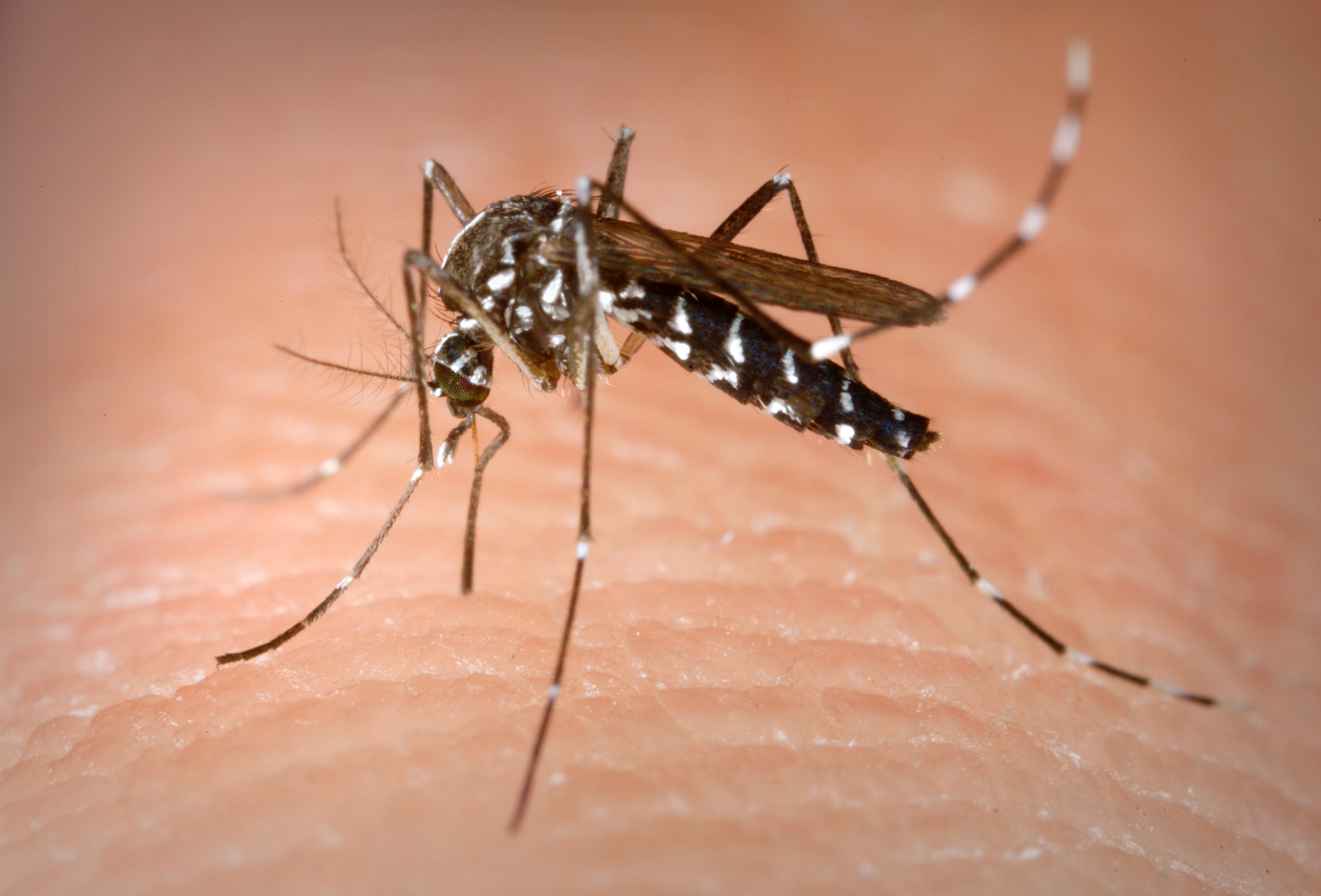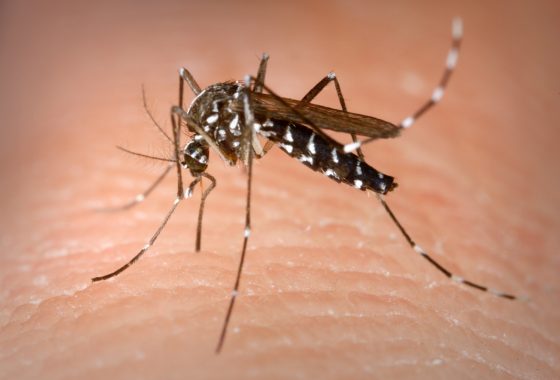Get your mosquito swatter out for science (but don’t hit them too hard)


If you have managed to flatten a mosquito, either before or after it has bitten you, European scientists want you to take a photo and send it to their mosquito alert app so concentrations of potential disease-carrying mosquitoes can be detected and tackled.
The Netherlands, too, now has its share of tropical infections. In the Utrecht and Arnhem regions some seven people became ill with the West Nile virus transmitted by the common house mosquito (Culex pipiens) last year while climate change is increasing the risk that tiger mosquitoes and yellow fever mosquitoes, which carry the tropical diseases Zika, Dengue and Chikungunya, will make their home here.
The pictures of the flattened insect, or the bump it has caused, will help scientists determine the species and find out if it has proliferated in certain areas, virologist Maarten Hoek told broadcaster NOS.
‘We are looking first and foremost at the common mosquito but if we find exotic species we had better combat those too,’ Hoek said. ‘It is best not to hit them too hard so we can still recognise them. And of course the bump won’t tell us which mosquito was responsible but it will be an indication of the amount of grief it’s causing.’
The Dutch part of the research is mainly aimed at urban areas. ‘We know where the mosquitoes are in nature but it’s a different story in cities,’ ecologist Maarten Schrama told the broadcaster. ‘
A flat roof with a layer of water on it might be a breeding spot. Trouble is we can’t just walk into people’s gardens to have a look. But if we get a lot of reports from one particular street we can go in and investigate.’
Schrama’s fieldwork is concentrated around Utrecht where some 30 mosquito traps have been installed. The mosquitoes are then mashed up and checked for viruses. ‘The first batch of material has just arrived in the lab so we can’t tell yet if it contains any viruses. But it’s very likely because it has been a good year for mosquitoes.’
The European wide app has been a great success in Spain where people have sent in over 18,000 photographs in a short period of time, shedding light on the Asian tiger mosquito’s whereabouts in that country.
Earlier this year, researchers at Wageningen University asked people who spot a mosquito to send them the remains for research purposes.
Thank you for donating to DutchNews.nl.
We could not provide the Dutch News service, and keep it free of charge, without the generous support of our readers. Your donations allow us to report on issues you tell us matter, and provide you with a summary of the most important Dutch news each day.
Make a donation